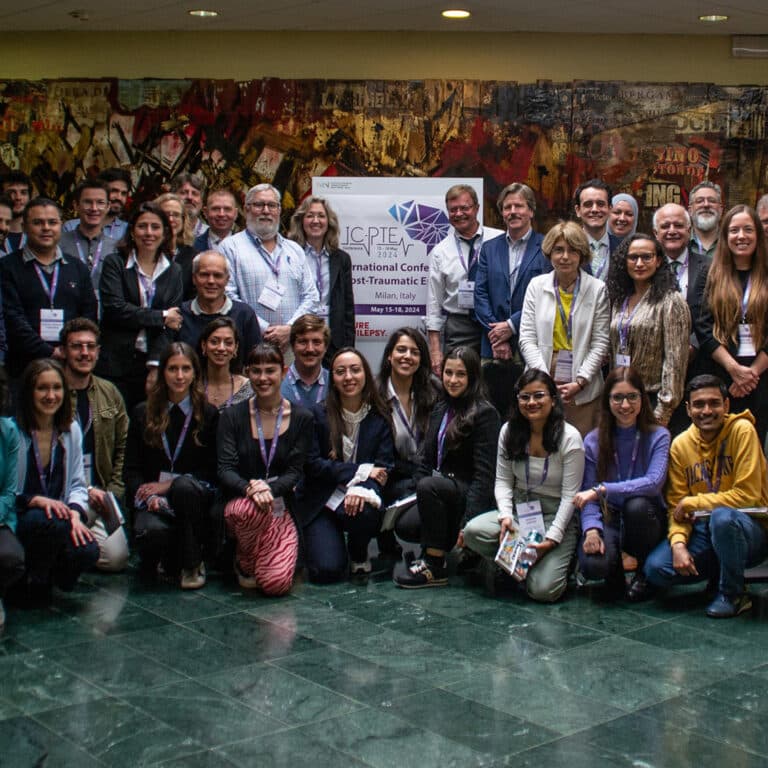Our Research Strategy
Epilepsy is complex. That’s why our research strategy needs to be multifaceted and bold. Since our inception, we have funded the most innovative, promising science that might otherwise go unfunded.
CURE Epilepsy both solicits broad ideas and drives deep engagement into critical areas ripe for impact. We are focused on high-risk high-reward science that will move the needle and bring breakthroughs that will make an impact across the epilepsies. We also prioritize the patient voice with the inclusion of lived-experience reviewers.
With our unique, cross-sector relationships and influence, CURE Epilepsy sits at the intersection of public, private and industry investment in epilepsy and is poised to lead the way to a cure.

We know scientists in the lab every day are the best source of new ideas. Our investigator-initiated grant mechanisms reflect this and span the diversity of the research pipeline–from basic science to more clinically oriented work–as well as the different stages of investigators’ careers.
We also have a focus on early-career investigators to attract top minds to epilepsy, build a bench, and keep people in the field.
Our priority areas include:
Our CURE Epilepsy-driven initiatives pull together groups across disciplines, across countries, and across experiences. In areas where we can lead, convene, and set the community agenda we make progress through team science in areas of particular promise. This work is funded both by donors and government grants.

CURE Epilepsy has always been very innovative in how they approach funding research on the epilepsies.
Program Director, National Institute of Neurolgical Disorders and Stroke (NINDS)
CURE Epilepsy really looks at the landscape, they look at where the gaps are, and what are the questions that we really need to understand and answer to make a difference in the lives of people living with epilepsy.
Director of Comprehensive Epilepsy Program, Hospital for Sick Kids
CURE Epilepsy has completely transformed the landscape of epilepsy research. They put together teams that help tackle the toughest problems in epilepsy research and in addition they build community among researchers and patient advocates and families to help everyone understand what epilepsy really means and how research should be focused to address those problems.
Professor of Neuroscience, Tufts UniversityIn order to prevent seizures, we need to understand the basic biology of the epileptic brain and what causes seizures. Early-stage research plays a key role in advancing our understanding of epilepsy and is the foundation of all progress towards a cure. However, for-profit organizations like pharmaceutical and biotech companies will not fund basic research. This is where CURE Epilepsy comes in; we support the most promising studies, which are the building blocks of a cure. These studies propel breakthroughs in the lab that broaden our understanding of epilepsy and lead to potential new therapies and cures.
To advance our mission, we fund researchers through our investigator-initiated grant program and support their promising ideas at various stages of the process including early-stage, translational, and clinical research. We also provide funding so researchers can generate preliminary data and later secure larger grants from the government or other agencies.
We identify and close gaps where we are uniquely positioned to move the field forward. As a funder, convener, and doer, we are in a unique position to step in where there is demonstrated need and tangibly move the community forward. CURE Epilepsy also invests in early-career scientists who are pursuing promising studies in epilepsy and need funding to get their work off the ground. This builds and maintains a pipeline of career epilepsy researchers who will accelerate research and fill gaps in the field.

Sign up for our email list and get the latest epilepsy news right to your inbox.